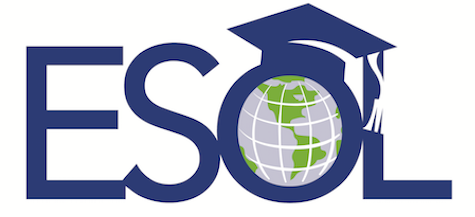COVID-19 and its Impact on the ESOL Program
- Sophie Nguyen
- Jun 1, 2021
- 3 min read

The ESOL program, more commonly known as English for Speakers of Other Languages, was created to support non-native English speakers by eliminating the linguistic barriers and improving the proficiency of multiple areas: reading, writing, listening, and speaking. With specific techniques and tools, teachers do their best to accommodate each individual’s needs based on their prior level of proficiency while evaluating their academic progress throughout the year. However, once the COVID-19 pandemic disrupted the educational system in April, confusion was rampant among students and educators, leaving everyone to wonder what the future of our world would become. Of course, during the turmoil and pandemonium, ESOL students were undoubtedly some of the most affected academically, socially, and emotionally.
With the sudden transition to virtual learning, the inefficient distribution of resources — such as functioning computers with adequate WiFi, school supplies, or meals — has been an issue for families who do not speak English as their first language. While the circumstances differ by state, there may not have been translated resources or bilingual liaisons available under short notice. As a result, the communication barrier between families not fluent in English and schools throughout the US remained, excluding ESOL students from receiving the basic school materials that allow them to fully participate in the virtual classroom as much as possible. This also serves as a hindrance to other crucial information, including nearby vaccination sites or medical care, which are some of the most valuable resources pertaining to COVID-19. Overall, without any access to the mentioned resources, ESOL students cannot learn to their full potential, especially when the pandemic has exacerbated their personal lives as well.
When the pandemic led to an economic crisis, many people were worried about sustaining their sources of income and putting food on the table. Since many adults were laid off due to economic decline and the uncertainty of the safety precautions, ESOL students were practically the breadwinners of their family, working multiple part time jobs per week to make ends meet. Responsibilities, such as remedying their family’s food and housing insecurity, soon piled up and left them no choice but to juggle their time. Time management would be an issue, a sole cause that could determine the accessibility of education, deeply affecting the students’ social wellbeing due to the overwhelming burden.
Not only has the pandemic addressed the severity of the opportunity gap between “us” and “them”, but it has also highlighted the outdated approaches to teaching ESOL students. Kept away in a separate classroom from the rest of their peers, feelings of isolation and ostracism can arise in a modern society where equitable opportunities should be provided for all students. Communication is an imperative skill, and while the social aspect of integrating them in the classroom would be difficult in the beginning, it will surely prepare students for the future. Additionally, it would promote diversity and cultural awareness from a young age so that students are more comfortable with sharing their backgrounds with one another. Instead of forcing ESOL students to comprehend an entirely new language in a short timeframe, schools should ensure that more time is spent to help them adapt to the unfamiliar setting and that various ethnicities are represented in the classroom. Whether this is achieved by hiring more bilingual/multilingual teachers or diversifying the curriculum, these are integral aspects for schools to keep into consideration when teaching ESOL students or holistically evaluating the system.
Virtual learning has made everyone reevaluate their thoughts about the educational system, yet the ESOL program has been disregarded time and time again, thus raising questions about whether or not ESOL students were truly supported long before the COVID-19 era. Nonetheless, more systematic improvements have been made across the nation, some that can hopefully be modeled widespread in the future to ensure equitable change.
Bibliography:






thank you for choosing this as your topic sophie! good job & I can't wait to see what you do with your future articles 😁
Honestly, I did not know much about this topic but I learned a lot. I did not think about how COVID-19 affected other programs such as ESOL and I think this should have more awareness. You wrote a very important article, great job!